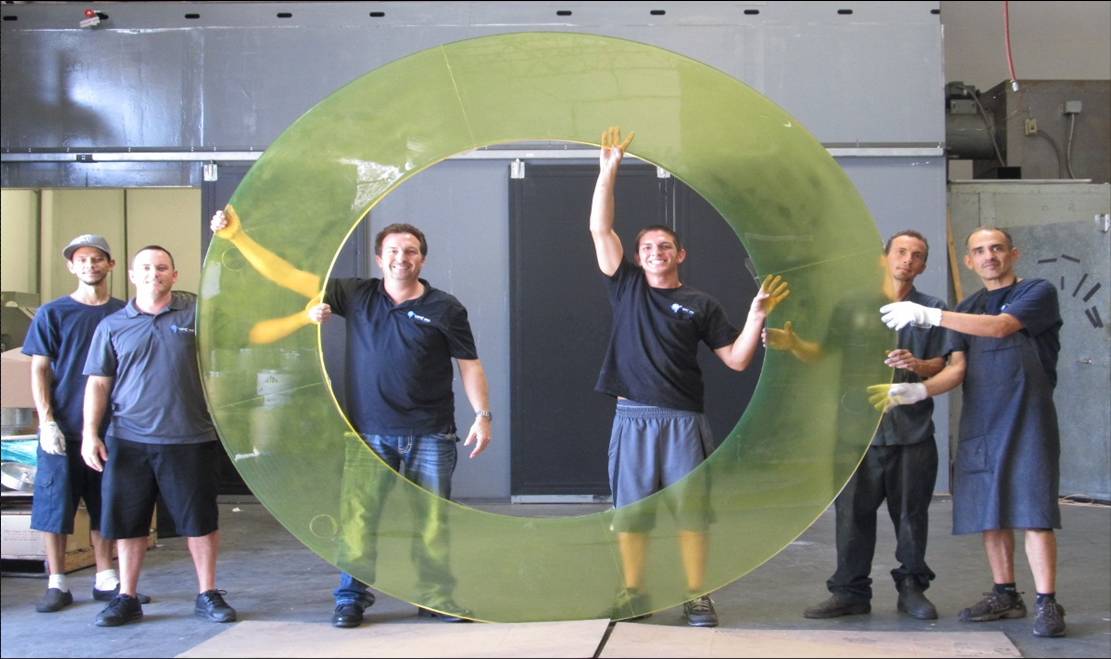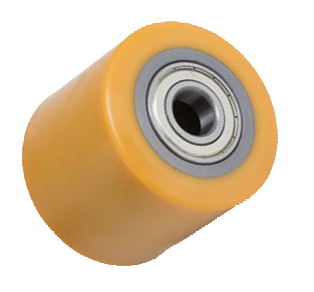Introduction, Classification and Characteristics of Polyurethane Elastomers
2018-12-28
Key words: polyurethane elastomer; polyurethane; properties
Polyurethane elastomer is a polymer containing NH-CO-O-, a group of carbamates produced by the reaction of polylightweight compounds with isocyanates.
Because of their excellent characteristics, they are highly appreciated by the production industry and made into many excellent products. PU elastomer is a kind of material with unique design and structure. Its rubber elongation performance combines the advantages of hard plastic, metal and ceramic products and other products. Although this does not mean that polyurethanes solve all the problems, their excellent properties are the key to their widespread use and continued expansion of applications.

polyurethane elastomer
Polyurethane has the following four basic types:
1. Polyether < PPG, PTMG, polycaprolactone)/TDI
2. Polyester/TDI
3. Polyether (PPG, PTMG, polycaprolactone)/MDI
4. Polyester/MDI
Polyether - is recommended for parts under heavy pressure because it produces lower internal heat. It has advantages in resilience, low temperature performance and hydrolysis resistance. Secondly, polyether has lower viscosity and specific gravity.
Polyester - has excellent cutting resistance, tear resistance, oil resistance, solvent resistance.
Compared with TDI products, MDI products have less flavor, excellent hydrolysis resistance and better resilience.
Compared with MDI products, TDI products are more sensitive to water. Compared with MDI products, TDI products have shorter demoulding time and lower crystallinity.

Application of polyurethane elastomer: polyurethane wrapped wheel
The most common way to distinguish PU categories is based on their hardness:
Shao's A rubber 20-90A PU 10-100A
Shaw's D PU 10-60 (Golf 85 D (Bone Hardness)
PU has the following characteristics:
1. Hardness
2. Wear resistance
3. Compression characteristics
4. Mechanical properties
5. Tension characteristics
6. Tearing strength
7. resilience
8. Bending characteristics
9. Low Temperature Characteristics
10. Dry-heat resistance generally works at 90 ~C, and special configuration can work at 120 ~C.
11. Water resistance and water resistance 0.3%-1
12. Electronic characteristics, insulation
13. Oxygen and Ozone Resistance
14. Strong resistance to oil, acid, alkali and chemistry
15. Excellent radiation resistance
16, fire prevention
17. Antifungal and Fungi
18, wear resistance
19. Strong mechanical manufacturing capability
20. Strong adhesion with other materials
21. Noise Reduction and Shock Absorption
The above is just about what polyurethane is and some basic characteristics of polyurethane elastomer application field.
Friendship Links:Winsin World Factory Network Shop
Copyright@ WINSIN MATERIALS,INC. 粤ICP备18139308号

 简体中文
简体中文 EN
EN 二维码
二维码
